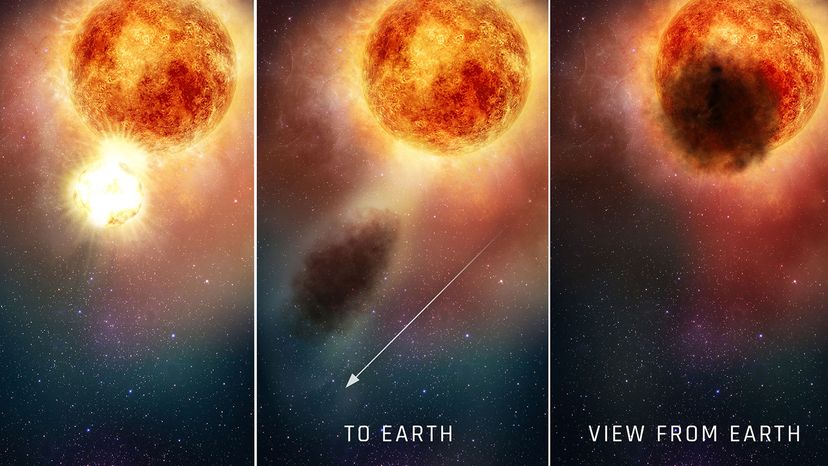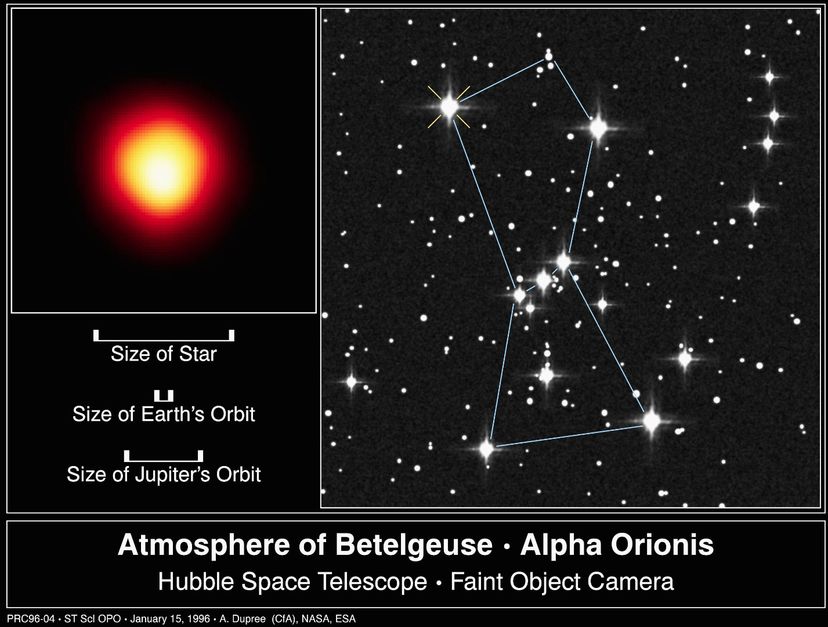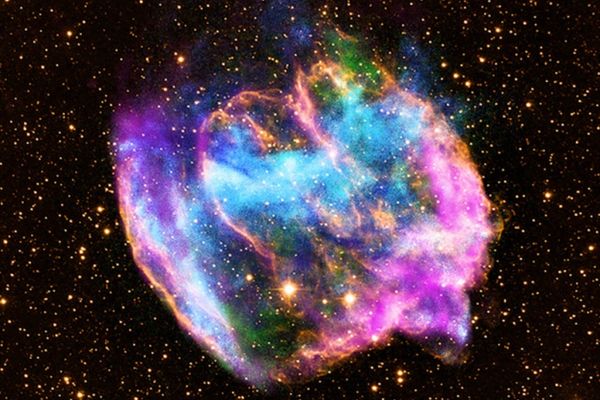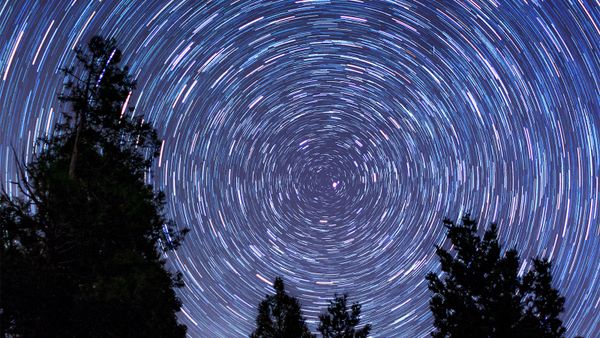
It's been called one of the most famous stars of all time: Betelgeuse (pronounced "Beetlejuice," like the movie) is part of the well-known Orion constellation and is usually the 10th-brightest star in the heavens, visible even to the naked eye.
"Betelgeuse over time has been more famous than Mickey Mouse, or any human alive today," says Andy Howell, staff astronomer at the Las Cumbres Observatory and a physicist at the University of California, Santa Barbara in an email interview. "That's because over hundreds of thousands of years, our human nighttime entertainment was looking at the night sky."
Advertisement
But in October 2019, Betelgeuse's star mysteriously began to dim. Its drop in brilliance was apparent even to casual observers. Astronomers were bewildered by its sudden shift in mood. Some suspected that Betelgeuse was running out of fuel, perhaps going supernova. Stars that go supernova create the most powerful explosions that occur in space.
However, more recent research indicates that Betelgeuse isn't necessarily on the verge of death. It may simply have produced a debris field of sorts that temporarily blocked its incredible brightness.
"Betelgeuse is a red supergiant star, about 12 times the mass of the sun, but a whopping 900 times the diameter," says Howell. "That means that if Betelgeuse were where the sun is, it would easily swallow Earth and extend out to beyond the orbit of Jupiter."
He adds that red supergiants are stars at the end of their lives, after they have fused all the hydrogen to helium in their cores. As they burn heavier and heavier elements, their cores contract and their outer layers puff up to extraordinary dimensions.
Betelgeuse has always been known for its variable brightness. Generally, those fluctuations occur semi-regularly and in only modest amounts. Howell says this happens because it pulsates as the stellar atmosphere churns like a pot of boiling water, throwing up huge blobs of material.
"But last year it started to dim noticeably to the naked eye and got quite dim for a long time in a way that had not been seen in more than a century," he says. "It was a mystery until observations revealed that there was a huge dust cloud covering a large fraction of the star."
"The cause of the dimming is under discussion and argument," emails Edward Guinan, an astrophysics and planetary science professor at Villanova. "The dimming could be due to the ejection of gas that cooled to dust and blocked the star's light. On the other hand the recent dimming (called the 'great dimming' or 'great fainting') occurred at the time expected on the 430-day periodicity so in this case would be related to a cooling caused by pulsation or the presence of a super-large convection cell."
Guinan adds that he and his colleagues think the dimming was caused by an extra-energetic pulse or the upwelling of giant convection cell and not new dust. "Continuing observations should answer this question soon," he says.
Advertisement


